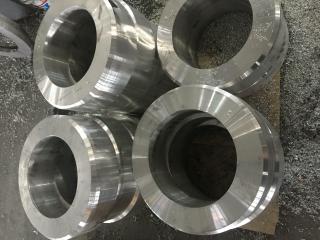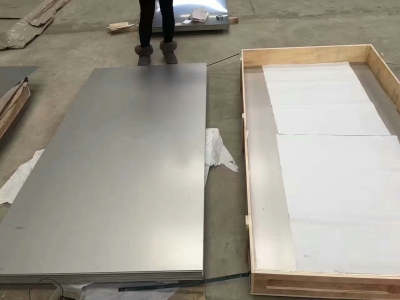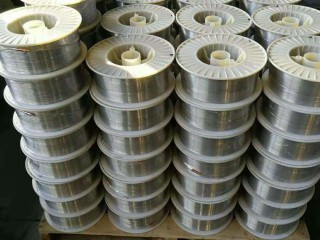
Description
1. Hastelloy C-22 Material Introduction
Hastelloy C22 is an all-purpose nickel-chromium-molybdenum tungsten alloy that has better overall corrosion resistance than other existing nickel-chromium-molybdenum alloys, including Hastelloy C276, C4 alloys and 625 alloys.
2. Chemical composition of Hastelloy C-22
| alloy | % | nickel | chromium | molybdenum | iron | Tungsten | cobalt | carbon | manganese | silicon | vanadium | phosphorus | sulfur |
| Hastello C22 | Minimum | margin | 14.5 | 15.0 | 4.0 | 3.0 | – | – | – | – | – | – | – |
| maximum | 16.5 | 17.0 | 7.0 | 4.5 | 2.5 | 0.08 | 1.0 | 1.0 | 0.35 | 0.040 | 0.030 | ||
| Minimum | margin | 20.0 | 12.5 | 2.0 | 2.5 | – | – | – | – | – | – | – | |
| maximum | 22.5 | 14.5 | 6.0 | 3.5 | 2.5 | 0.015 | 0.5 | 0.08 | 0.35 | 0.020 | 0.020 |
3. Material characteristics
Hastelloy C22 alloy has excellent resistance to pitting, crevice corrosion and stress corrosion cracking. It has excellent antioxidant aqueous media capabilities, including wet chlorine, nitric acid or mixed acids of oxidative acids containing chloride ions. At the same time, C22 alloy also has the ideal ability to resist the reducing and oxidative environment encountered during the process. Relying on this versatile performance, it can be used in some troublesome environments or in factories of multiple production purposes.
Hastelloy C22 alloy has abnormal resistance to various chemical environments, including strong oxidative substances, such as iron chloride, copper chloride, chlorine, thermal contamination solutions (organic and inorganic), formic acid, acetic acid, acetic anhydride, seawater and salt solutions, etc. Hastelloy C22 alloy has the ability to resist grain boundary precipitation formation in the welding heat-affected zone, so that it can also adapt to the application of many chemical processes in the welding state.
Metallographic structure: Hastelloy C22 is a face-centered cubic lattice structure.
4. Hastelloy C22 corrosion resistance
Hastelloy C22 alloy is suitable for a variety of chemical process industries containing oxidative and reducing media. The higher molybdenum and chromium content makes the alloy resistant to the corrosion of chloride ions, and the tungsten element further improves its corrosion resistance. Hastelloy C22 is one of the only materials that can resist corrosion of damp chlorine, hypochlorite and chlorine dioxide solutions. The alloy has significant corrosion resistance to high concentrations of chlorinated salt solutions (such as iron chloride and copper chloride).
5. Hastelloy C22 application field
Hastelloy C22 alloys have been widely used in chemical and petrochemical fields, such as in contact with chloride-containing organics and catalytic systems. This material is especially suitable for use in high temperature, mixed with impurities in inorganic and organic acids (such as formic acid and acetic acid), and seawater corrosion environments.
- Acetic acid/acetic anhydride
- Acid soak
- Cellophane manufacturing
- Chlorination system
- Complex mixed acids
- Roller for electroplating tank
- Expansion corrugated tube
- Flue gas cleaner system
- Geothermal wells
- Hydrogen fluoride furnace cleaner
- Incineration cleaner system
- Nuclear fuel regeneration
- Pesticide production
- Phosphoric acid production
- Pickling system
- Plate heat exchanger
- Selective filtering system
- Sulfur dioxide cooling tower
- Sulfonation system
- Tube heat exchanger
- Surfacing valves


